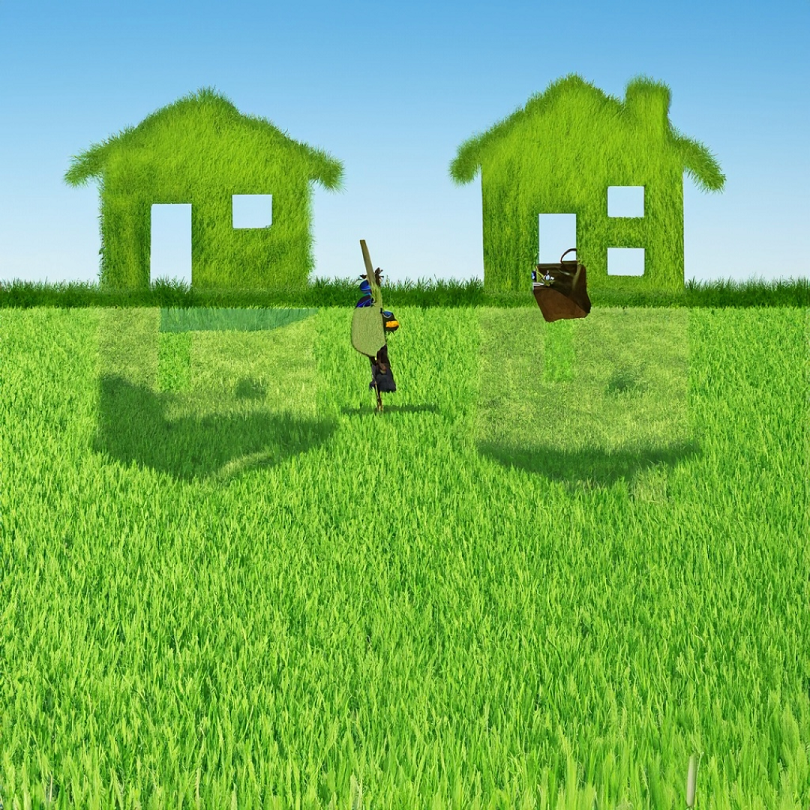A Closer Look at Sustainable Real Estate Practices
In recent years, the real estate landscape has witnessed a growing emphasis on sustainability and environmentally friendly practices.
Green properties, characterized by energy efficiency, eco-friendly construction materials, and a reduced carbon footprint, have become increasingly prevalent.
The question that looms large is: Are green properties working? This article delves into the efficacy of sustainable real estate practices, exploring their impact on the environment, the economy, and the overall well-being of communities.
1. Environmental Impact: Green properties are designed with a focus on minimizing environmental impact. Features such as solar panels, energy-efficient appliances, and rainwater harvesting systems contribute to reduced energy consumption and water usage. Additionally, green building materials often have a lower carbon footprint, leading to decreased emissions during construction.
2. Energy Efficiency and Cost Savings: One of the primary goals of green properties is to enhance energy efficiency. Incorporating technologies like smart thermostats, LED lighting, and efficient insulation not only reduces environmental impact but also translates into tangible cost savings for homeowners. Lower utility bills make green properties economically appealing in the long run.
3. Sustainable Construction Materials: Green properties often employ sustainable construction materials, such as recycled steel, bamboo, and reclaimed wood. These materials not only minimize the depletion of natural resources but also contribute to healthier indoor air quality, creating living spaces that prioritize the well-being of occupants.
4. Certifications and Standards: Certifications and standards, such as LEED (Leadership in Energy and Environmental Design) and Energy Star, provide benchmarks for green properties. These certifications ensure that a property meets specific criteria for energy efficiency, sustainability, and environmental performance. They offer transparency and accountability in the green real estate sector.
5. Resilience to Climate Change: Green properties are designed to be more resilient to the impacts of climate change. From water-efficient landscaping to storm-resistant building features, these properties are better equipped to withstand environmental challenges, contributing to the long-term sustainability of communities.
6. Increased Property Value: Studies suggest that green properties often command higher resale values compared to their non-green counterparts. The market recognizes the long-term benefits of sustainable features, and buyers are increasingly willing to invest in properties that offer energy efficiency, cost savings, and a reduced environmental footprint.
7. Community Well-Being: The impact of green properties extends beyond individual homes to community well-being. Sustainable developments often incorporate green spaces, pedestrian-friendly design, and community gardens, fostering a sense of connection and promoting a healthier lifestyle for residents.
8. Government Incentives and Policies: Many governments worldwide are incentivizing green building practices through tax credits, grants, and favorable policies. These incentives encourage property developers and homeowners to embrace sustainability, creating a more conducive environment for the growth of green properties.
9. Challenges and Considerations: While green properties offer numerous benefits, challenges exist, including the initial higher costs of green technologies and materials. However, as technology advances and economies of scale come into play, these challenges are gradually being addressed.
10. Educating and Empowering Stakeholders: The success of green properties is intertwined with the education and empowerment of stakeholders, including homeowners, builders, and policymakers. Continued awareness and understanding of the benefits of sustainable practices will play a crucial role in driving the widespread adoption of green real estate.
Conclusion: Shaping a Sustainable Future As the global community grapples with the challenges of climate change and resource depletion, green properties emerge as a beacon of hope for a more sustainable future.
Their impact, from reducing carbon footprints to enhancing energy efficiency and community well-being, signifies a shift towards responsible and conscientious real estate practices.
While challenges persist, the trajectory of green properties suggests that the integration of sustainable features is not merely a trend but a fundamental shift in how we envision, construct, and inhabit the homes of tomorrow.
